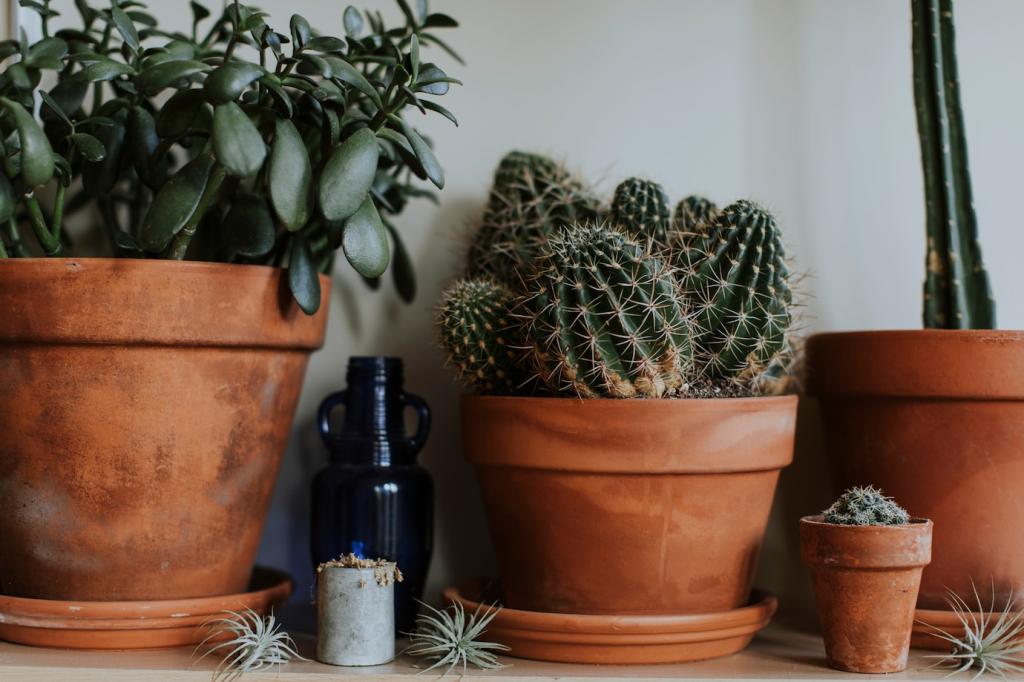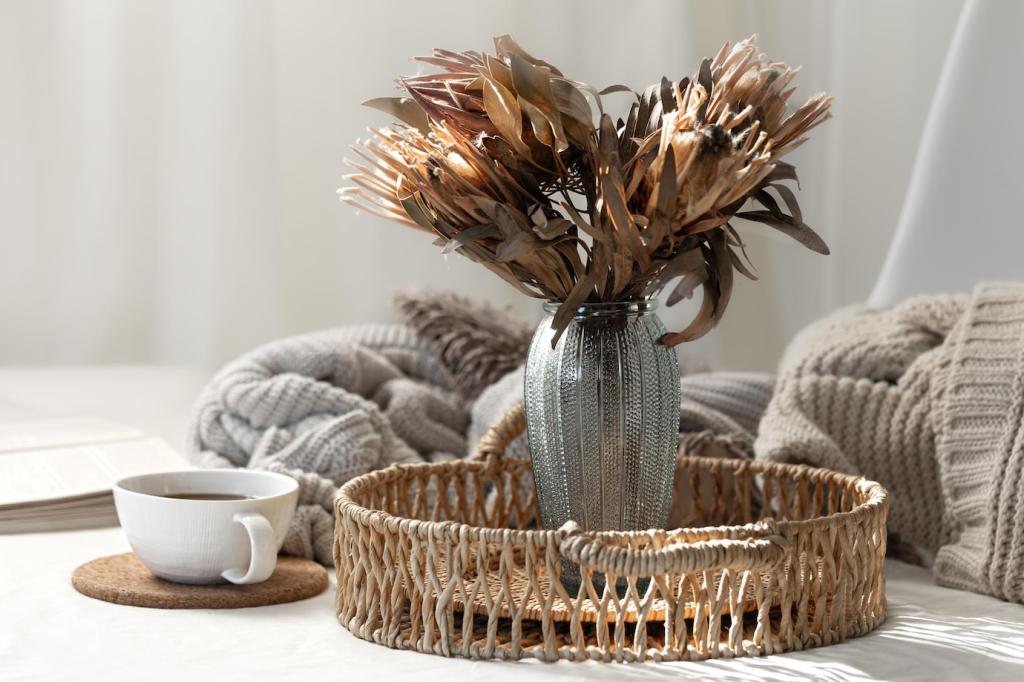
Today’s Theme: Optimizing Indoor Air Quality with Green Choices
Breathe easier at home by embracing natural materials, gentle routines, and mindful habits. Our focus today is Optimizing Indoor Air Quality with Green Choices—simple, science-informed steps that reduce pollutants while keeping life warm, practical, and beautifully sustainable.
Green Foundations: Build a Low-Emission Home
Volatile organic compounds drift from paints, glues, and new furnishings, lingering long after that “new” smell fades. Choosing low-VOC and formaldehyde-free options, plus good ventilation during renovations, dramatically reduces exposure and helps your home smell neutral rather than chemically perfumed.


Green Foundations: Build a Low-Emission Home
Look for third-party certifications on paints, primers, and sealants, and pick solid woods or engineered products labeled formaldehyde-free. Small green choices—like water-based finishes and natural oils—stack up over time, reducing cumulative off-gassing while keeping surfaces durable, easy to maintain, and beautiful.
Plants With Purpose: Natural Accents, Healthier Air
Try snake plant, pothos, or ZZ plant—tough companions that prefer indirect light and sparse watering. While plants alone won’t solve pollution, they invite routine care, remind you to open windows when outdoor air is good, and make wellness visibly part of your space.


Plants With Purpose: Natural Accents, Healthier Air
Cluster plants near natural airflow—beside a window or across a gentle cross-breeze—so fresh air circulates around leaves and soil. Layer heights with a floor plant, a hanging vine, and a tabletop accent for depth, then rotate pots to balance light exposure and growth.
Daily Cross-Ventilation Routines
Open windows on opposite sides of your home for ten minutes when outdoor air is cleaner—often early morning. Turn on a small fan facing outward to pull stale air through the space, then close up when pollen, smoke, or traffic spikes outside.
HEPA Basics and Sizing by CADR
Choose a HEPA purifier with a Clean Air Delivery Rate matched to your room’s square footage. Position it away from walls, run it on low continuously, and replace filters on schedule. It complements green materials and habits by actively reducing particles and allergens.

Green Cleaning and Gentle Scents
Switch to fragrance-free detergents, soaps, and all-purpose cleaners to cut reactive compounds from synthetic scents. Microfiber cloths lift dust with minimal product, while vinegar and baking soda handle many jobs. Spot-test natural solutions, and store concentrates safely away from curious kids and pets.
Green Cleaning and Gentle Scents
If you love a gentle scent, try a single beeswax candle or a diffuser on a timer, used sparingly with a nearby window cracked. Essential oils should be diluted, pet-safe, and limited. When in doubt, fresh air beats any bottle on the shelf.
Cooking, Humidity, and the Comfy Microclimate
Range Hoods: The Most Underrated Green Choice
Use your vented hood every time you cook, even on low heat. Start it before the pan hits the burner, and keep it running a few minutes after. Clean metal filters regularly to maintain capture efficiency and keep indoor air much clearer.
Humidity’s Sweet Spot
Aim for 40–50% relative humidity. Too high, and mold and mites thrive; too low, and dust and irritation spike. A small monitor helps you decide when to open windows, dehumidify, or add gentle moisture to maintain a comfortable, lung-friendly balance at home.
A Bedroom Routine for Restful Breathing
We cracked the window at dusk, ran a quiet purifier, and kept plants a few feet from the bed. Overnight, the room felt calmer, and morning congestion eased. Try it for a week, track how you sleep, and share your outcome with others.

Furnishings and Textiles: Quiet, Clean Comfort
Mattresses, Cushions, and Credible Labels
Seek certifications such as GREENGUARD Gold and OEKO-TEX for foams and fabrics. Natural latex, wool, and cotton often off-gas less than heavily treated synthetics. Unbox new items in a ventilated area and give them time to air before sleeping on them.
A Smarter Dust Strategy
Vacuum rugs and sofas with a sealed HEPA machine, working slowly and overlapping passes. Wash bedding weekly in hot water, and launder curtains seasonally. Door mats inside and out trap grit at the threshold, protecting floors and cutting airborne particles at their source.
Thrifted Treasures, Thoughtful Air
Secondhand wood furniture is a green win, often already done off-gassing. Wipe pieces with a mild soap solution, then let them breathe near a window. Skip items with strong chemical odors or peeling finishes that could release particles as they deteriorate.
